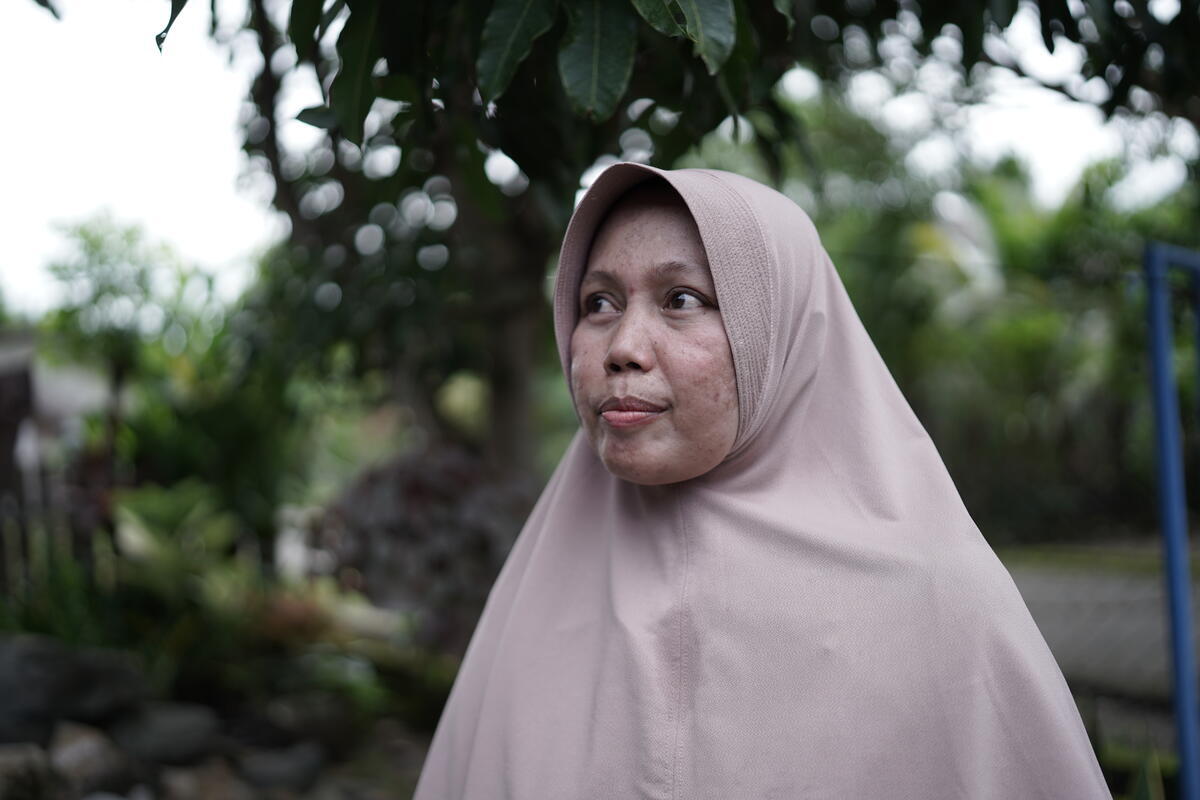
20 Years On: Remembering the Indian Ocean Tsunami
How the 2004 Boxing Day Earthquake and Tsunami shook the world.
On 26 December 2004, the Indian Ocean Earthquake and Tsunami devastated coastal communities across 14 countries, leaving an indelible mark on the world. The Boxing Day Tsunami resulted in the deaths of an estimated 230,000 people and displaced 1.7 million more. Twenty years later, we reflect on this tragedy, its causes, and the resilience of the communities that have worked tirelessly to rebuild.
In the aftermath of the catastrophe, international aid poured in. Organisations like World Vision launched their largest-ever emergency response, providing crucial support in Indonesia, Sri Lanka, India, Thailand, and Myanmar. Over $350 million USD was raised to assist in rebuilding homes, schools, and lives.

What caused the 2004 Indian Ocean Tsunami?
At 7:59 am local time on Boxing Day, a 9.1-magnitude earthquake struck off the western coast of northern Sumatra, Indonesia. The quake, centred about 150 miles offshore and 31 miles below the ocean floor, triggered a series of massive tsunami waves.
These waves, travelling at speeds of up to 500 miles per hour across the deep ocean, grew exponentially as they approached shallower water, devastating coastal areas. Banda Aceh, the capital of Aceh Province in Indonesia and closest to the earthquake's epicentre, was hit within just 20 minutes.
The earthquake occurred along a 900-mile stretch of fault line where the Indian and Australian tectonic plates converge — an area prone to large earthquakes and volcanic eruptions. The lack of tsunami warning systems in the Indian Ocean at the time meant that coastal populations had no advance notice of the impending disaster.

Khairani
Tsunami survivor
Living through the Tsunami
The waves obliterated entire communities, leaving survivors to grapple with unimaginable loss. In Banda Aceh, a city of about 300,000 people, the tsunami struck with little warning. Many residents were caught unaware and unable to flee to higher ground.
One survivor, Khairani, recalls seeing the tsunami just metres away:
“We saw the tsunami about five metres away. It was a miracle we were saved.”
Khairani, who was only 20 when the disaster occurred, escaped on the back of a motorcycle. Sadly, her mother was among those who didn’t survive.
“I saw bodies floating in the sea. I was crying. I prayed that it would be better not to find the [her] body if it were in that condition.”
With her life cruelly upturned, Khairani threw herself back into her studies. When she graduated the following year, she joined World Vision’s emergency response. She became a Child-Friendly Space facilitator, helping children process their trauma following the disaster. The activities, from dancing to singing and playing, also helped heal her too.
Today, Khairani is a business owner, teacher and an advocate for women's empowerment in her village. She continues to work with World Vision, helping women establish small businesses and build brighter futures for their families.

The importance of tsunami warning systems and disaster management
The tragedy of the 2004 Tsunami highlighted the urgent need for effective disaster management and tsunami warning systems. Over the past 20 years, significant improvements have been made in detecting tsunamis and alerting vulnerable communities. Enhanced monitoring and better regional cooperation now enable faster and more reliable warnings, giving coastal populations precious time to evacuate and minimise loss of life.
In addition to technological advancements, nature-based solutions such as mangrove restoration have proven invaluable in building resilience against future disasters. World Vision Thailand has been supporting community efforts to restore mangrove forests, which act as natural barriers to tsunamis, erosion, and flooding.
Ban Tha Din Daeng, a coastal community heavily impacted by the 2004 Tsunami, has seen remarkable progress in its mangrove reforestation efforts, supported by World Vision. Local leader Ban Deen shared how these trees served as "front-line shields" during the disaster, protecting the village from the worst effects of the waves. Since 2005, over 30,000 mangrove seeds have been planted with the involvement of community members, creating a lush, fertile forest that now supports ecosystems, sustains livelihoods, and serves as a learning hub for conservation. These restored forests not only enhance environmental sustainability but also ensure that communities are better prepared if another tsunami strikes.
World Vision’s response and legacy
In the aftermath of the 2004 Indian Ocean Earthquake and Tsunami, global solidarity fuelled one of the largest humanitarian responses in history. World Vision provided life-saving support to nearly one million people within the first 90 days. Key initiatives included:
- Constructing 12,000 homes for displaced families.
- Establishing 200 Child-Friendly Spaces to aid children’s recovery.
- Planting 56,000 mangroves to restore coastal ecosystems and create natural barriers.
- Rebuilding 84 schools, 60 playgrounds, and 27 health clinics.
By 2007, most tsunami-related recovery efforts were completed, but the impact of World Vision’s work continues. Through ongoing programmes in health, education, water access, and livelihoods, affected communities are not just surviving but thriving.

Honouring resilience 20 years later
As we mark 20 years since the 2004 Tsunami, it is important to honour the lives lost and recognise the strength of those who survived. Communities have rebuilt with unwavering resilience, transforming tragedy into hope.
Today, around the world, millions more children are experiencing crises of their own. Lives are being changed in an instant due to conflict or natural disasters. With help from generous supporters, World Vision is working to protect vulnerable children in the world’s most challenging places – where help in emergencies isn’t always readily available. Thanks to your donations, when crises strike, we can respond fast and provide essentials like food, shelter, warm clothing and safe spaces for children.
Donate today, and together, we can help children survive, recover and build a future after facing disaster.



